
In this engaging STEM lesson for 4th - 5th graders, students explore nanotechnology through hands-on activities, discussions, and a creative project. They learn about the tiny world of nanoscale
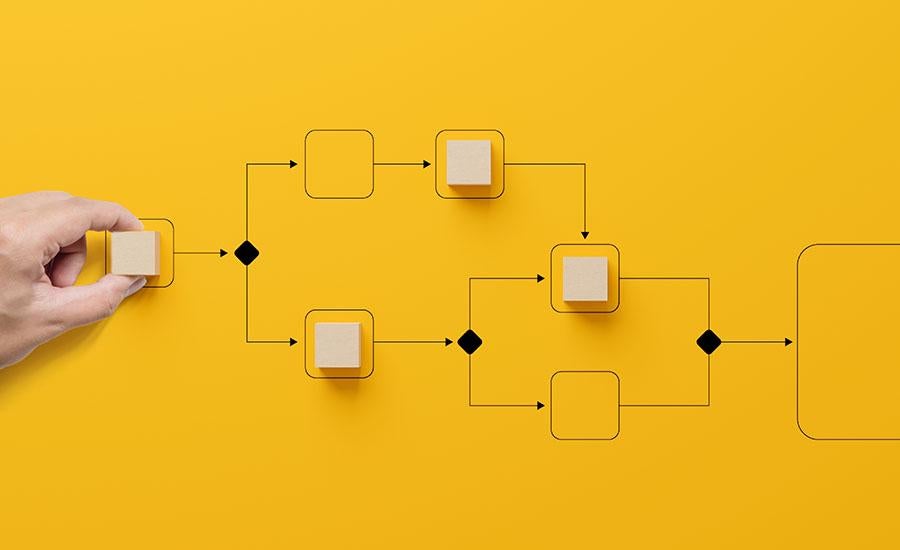
In this primary Kindergarten-1st grade STEM lesson, students will learn to define algorithm, bug, and debug in reference to programming. Through engagement with a virtual simulation, students will

Math Magic through Coding!
In this 2nd grade STEM lesson, students will learn how symbols (directional arrows) can be used to program an object's movements. They will develop an algorithm using a sequential graphic organizer to

Students are introduced to the current teams and given a brief history of their mascots. Then students research potential areas for an expansion team to start a new team (I do not limit them to just

In this lesson, students will research information to describe climates in different regions of the world. Then students will design a prototype of different tools used in understanding climate.
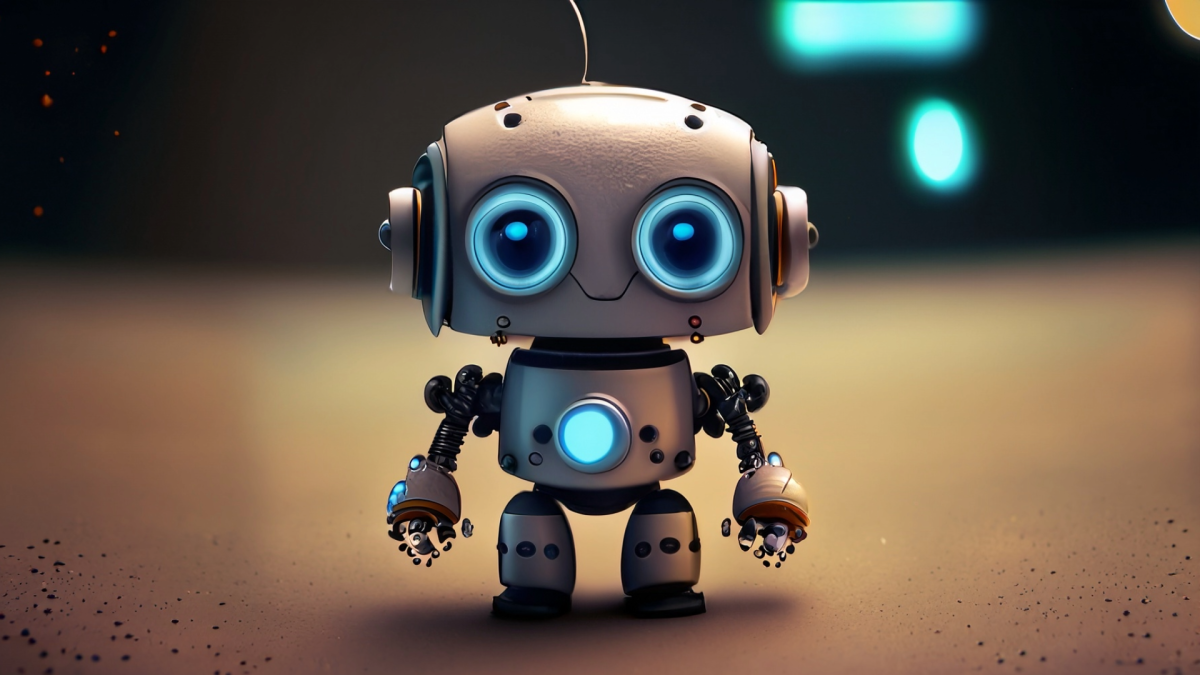
This epic road trip is an end-of-year project where students are given the opportunity to reflect on their learning and select 6 unique stops in Arizona that a tourist should visit. Students are led
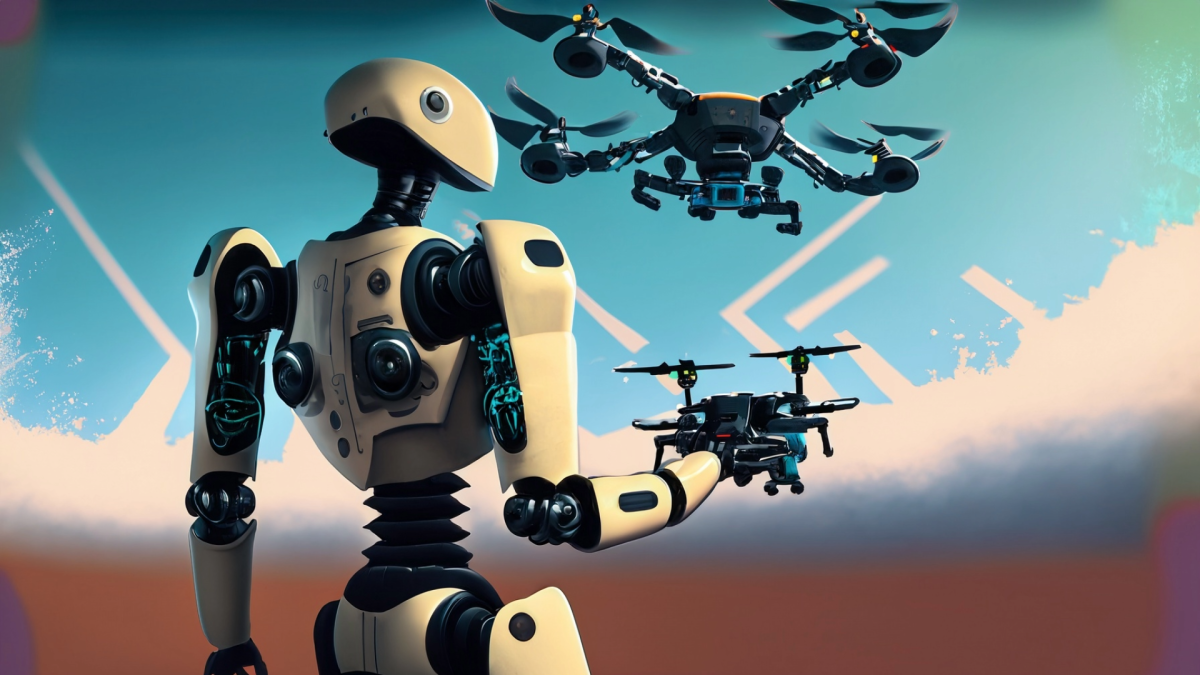
In this multi-day lesson, students will learn about prosthetics, design and build a model of a prosthetic limb, research prosthetics today and then have a Socratic Seminar to both share and debate

This lesson allows robotics students to redesign a working floor vacuum and design it to fit the needs of a robotics lab - it should be able to pick up heavier and larger objects or loose parts off
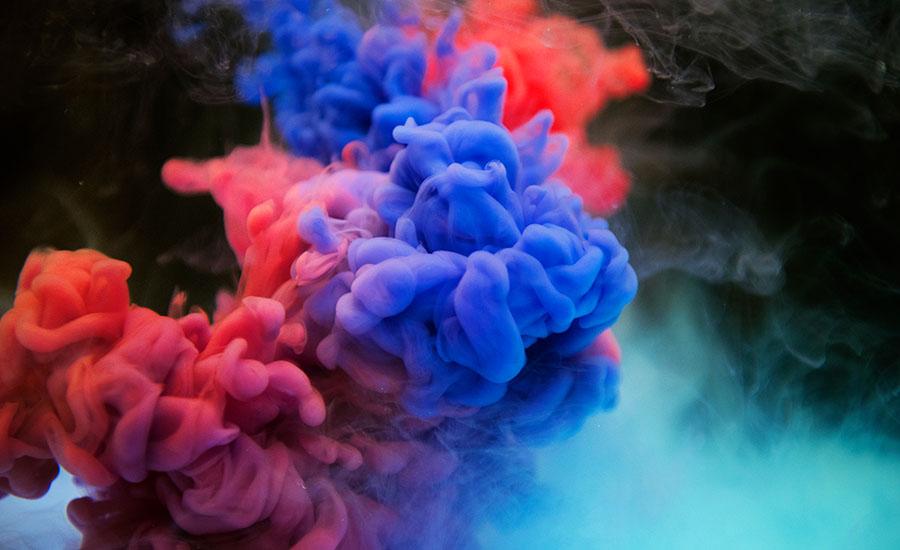
Kill the Dyes
In this lesson students will discover harmful effects and chemical makeups of artificial ingredients, specifically food coloring and red dyes. Students will experiment with and demonstrate capillary

Students will read and respond to the story, I Am Not Just A Scribble by Diane Alber. Students will work with a peer or small groups to build a ScribbleBot using renewable materials and two AA
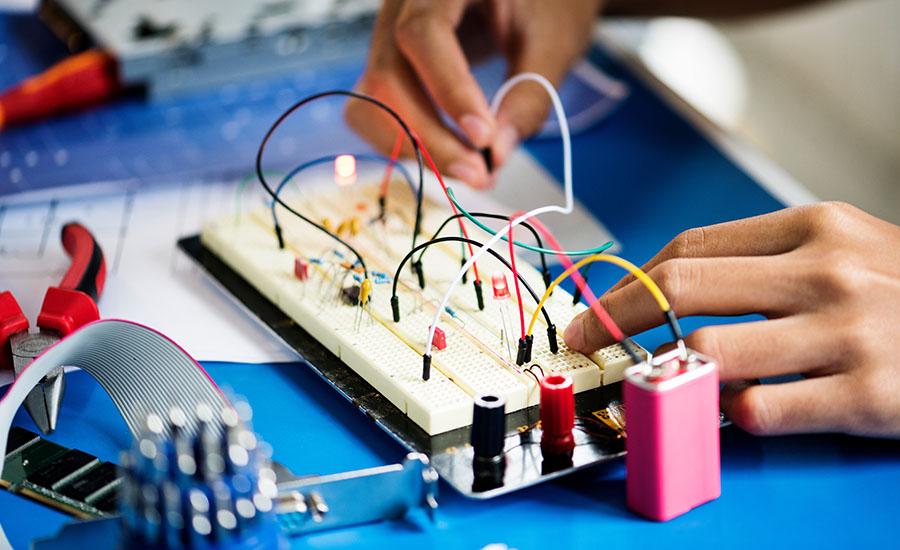
In this lesson designed for 7th grade, students will explore increasing and decreasing magnetic field of electromagnets by changing the iron core, wire gauge, or wire coils to determine which variable
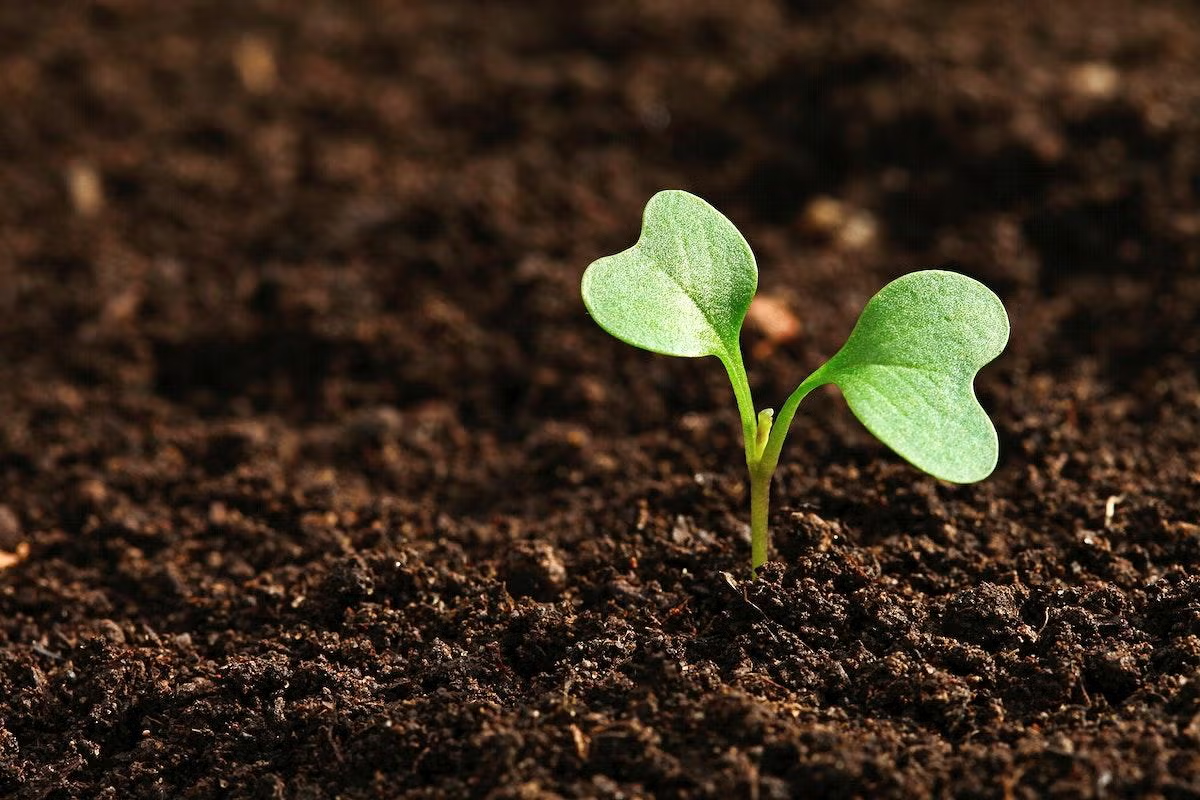
This is the part 2 of composting lesson aligned to narrative writing. In this lesson, students embark in the experience of observing the decomposition process of the materials, identifying the factors

This is the part one of the composting lesson that is aligned to the ELA standards of narrative reading and writing. In this lesson, students build their experiences by preparing the bucket composters

Student will be able to compare the energy content of two common fuels used for energy production (ethanol and kerosene). Students will work with a partner to investigate the efficiency and
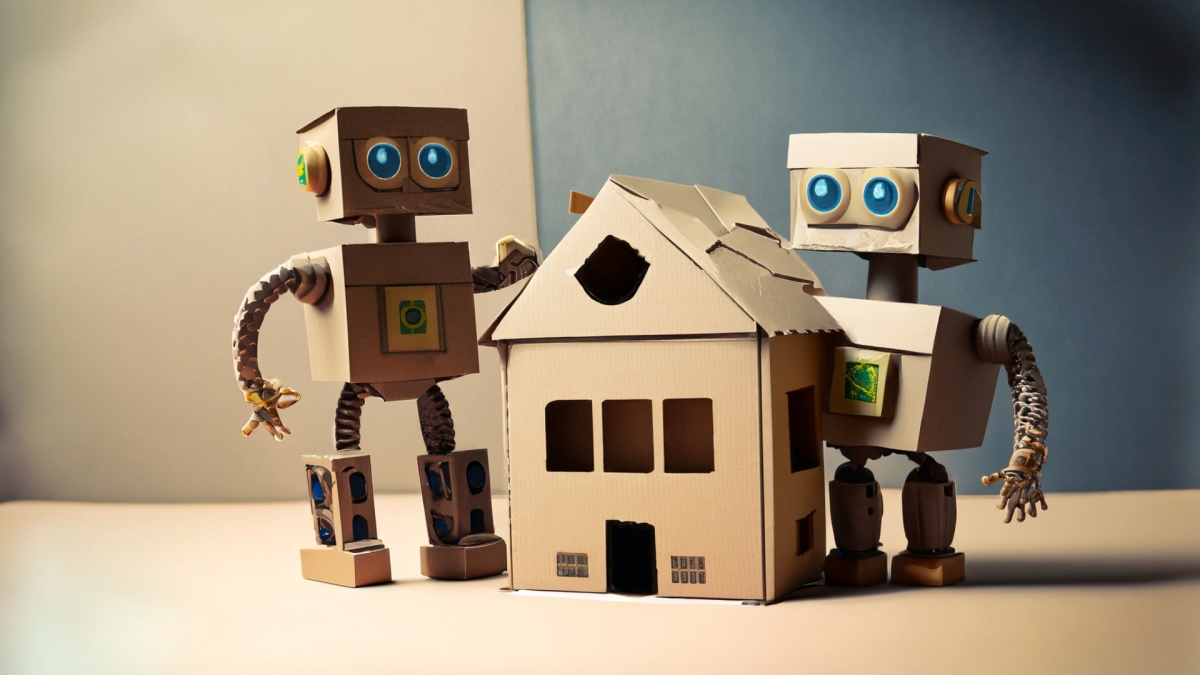
This four lesson unit helps students explore the steps involved in the initial building of a new school: selecting a site based on the boundary and size of the land and then explores light energy and

Students learn about the chemistry that exists in some of the world's oldest surviving paintings. This lesson is the final part of a 3 part painting series, and focuses on binding agents in paint
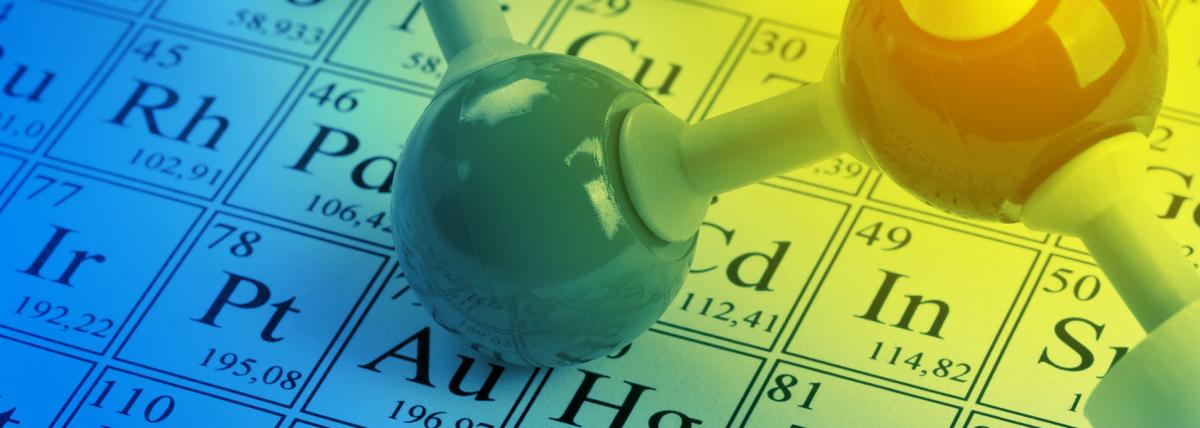
In the captivating lesson, "Dive into the World of Atoms," sixth-grade students embark on a journey into the microscopic realm to discover the fundamental building blocks of matter. The class kicks

Lesson plan integrating Arizona Science and ELA standards for comparing and researching animal cells and plant cells, followed by a creative video project where students personify the parts of a

Students use a 2-D physics sandbox, called Algodoo, to simulate the factors that might affect the period of a circular orbit of a planet about a star. Students develop Kepler's 3rd Law conceptually by
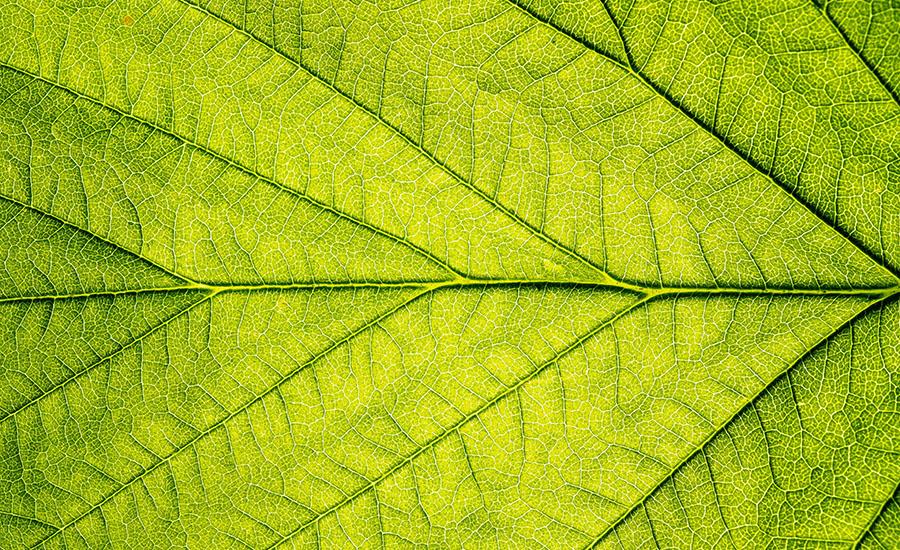
Creating a photosynthesis model out of clay or play-doh and making a video/podcast as an expert panel to provide information and discussionm.

In this 3 day lesson plan, students will discover the relationships between the sun, earth, moon, solar/lunar eclipses and the tides.
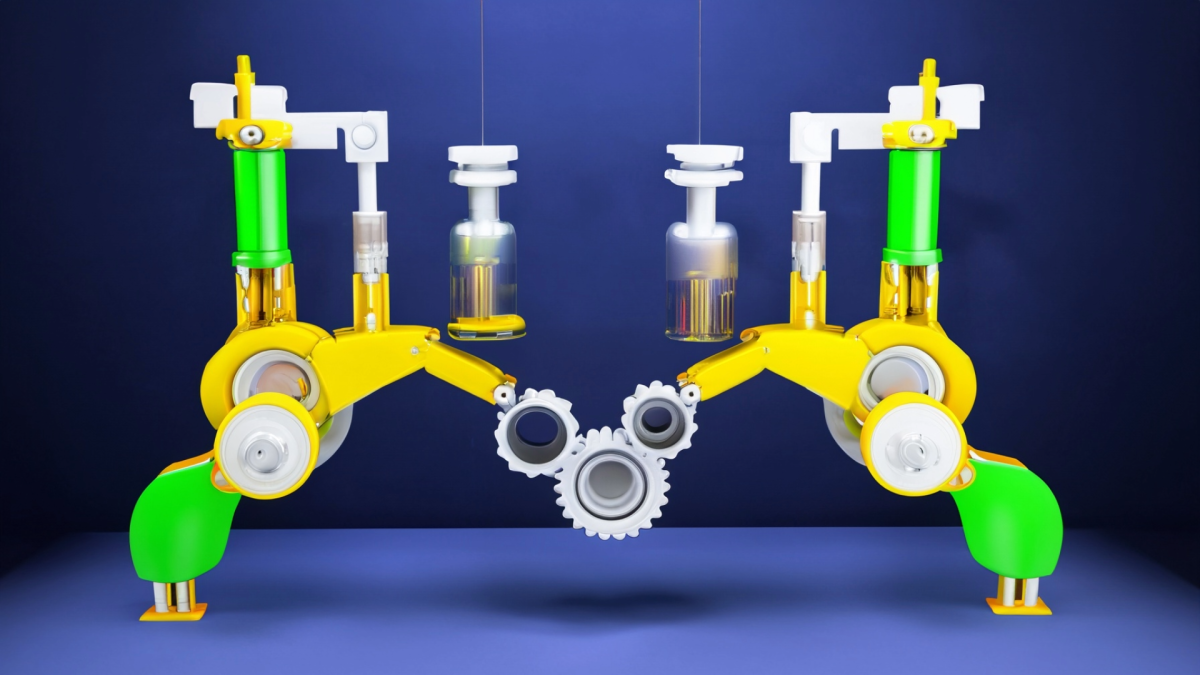
This lesson is part 2 of 2, Days 3 and 4. This lesson is set up to have students explore the friction bridge designed by Leonardo Da Vinci. Students have discovered the inventor and become familiar
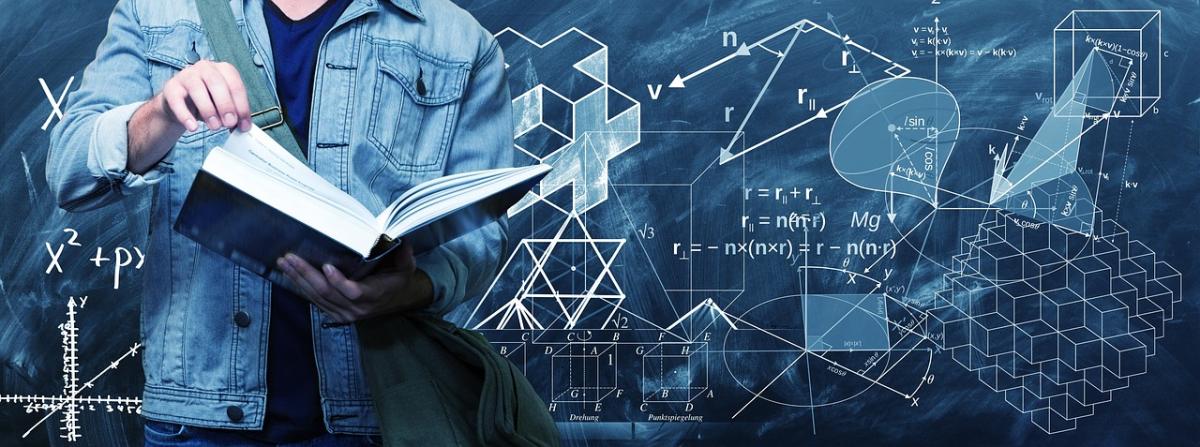
A middle school STEM lesson using art to introduce slope.

This lesson is part 1 of 2. This lesson is set up to have students explore the friction bridge designed by Leonardo Da Vinci. Students first discover the inventor and become familiar with his life


